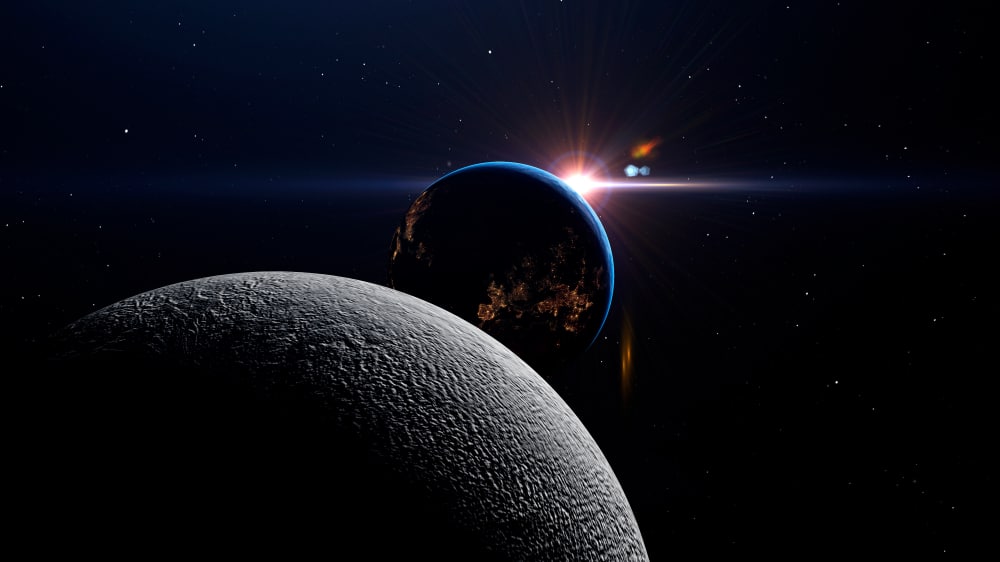Jupiter, Mercury, Venus, Uranus, and Mars are set to align in an arc formation on the nights of March 25 through 30, alongside the Moon. Jupiter may sink into the sunset and get lost in sunlight after the 28th, though, so aim to see this relatively rare cosmic event by then. If you want to spot all five planets in one night, timing, dark skies, and a clear view of the horizon are key.
According to Science Alert, You can probably see some of these planets from the city. Venus will be the easiest to spot with the naked eye, because it’s the third-brightest object in the sky, after the Sun and Moon.
However, some of the other planets, like Uranus and Mercury, may be harder to see. Give yourself the best odds by getting far from city lights, to a place with dark skies, before sunset. Make sure to check the weather and plan for a cloudless evening.
Set up in a spot with a clear, unobstructed view of the western horizon – no mountains or buildings blocking the sunset! You’ll need to peer low on the horizon to spot Jupiter and Mercury.
While most of the planets should be visible to the naked eye, you’ll probably need binoculars, or even a telescope, to see Uranus and get the full five-planet procession.
An easy way to identify the planets is to download an astronomy app like Sky Tonight or SkySafari, which will show you exactly where each planet is in the night sky.
Shortly after the Sun dips below the horizon, look to the west. Low in the sky, where the Sun just set, Jupiter and Mercury will appear side-by-side.
Dwindling sunlight might make them hard to see with the naked eye. So, if you can’t spot them at first, try binoculars. Just make sure the Sun is below the horizon so you don’t potentially harm your eyes by looking at it through binoculars.
The duo will only be visible for less than an hour after sunset. After that, they will sink below the horizon and you won’t be able to see them.
Now it’s time to admire Venus – the brightest star-like object in the night sky, poised above Jupiter – and look for Uranus with your binoculars.
Uranus will be above and to the left of Venus, very close by. You’ll be able to see the fainter planet best after all the sunlight has faded from the sky, taking Jupiter and Mercury with it. You’ll have an hour or two to search for it before that duo, too, sets below the horizon.
















